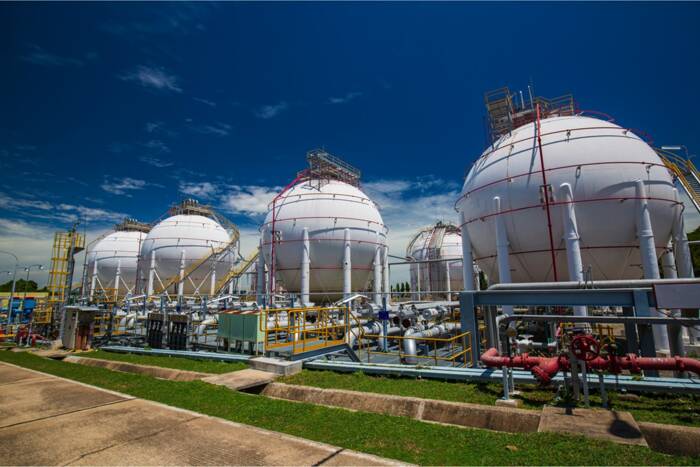The latest EIA report showed a 37 Bcf injection for the week ending March 21, surpassing expectations and reversing the typical seasonal draw. This marks the second straight week of net additions, suggesting an early onset of the injection season. Working gas in storage now stands at 1,744 Bcf, still below historical norms but rising quickly. The combination of weak demand and rising inventories has amplified bearish sentiment among traders.
Are Supply Trends Adding to the Pressure?
Production remains robust, with Lower 48 dry gas output rising to 106.8 Bcf/d, up nearly 5% year over year. This elevated supply level is colliding with muted consumption, adding to the imbalance. Meanwhile, speculative traders have been pulling back aggressively. Over the past two weeks, long positions have been cut by 58,000 contracts, indicating waning confidence in near-term upside.
Could Structural Demand Trends Shift the Balance?
Some longer-term demand drivers are still on the radar. The potential approval of new LNG terminals, including the Commonwealth project in Louisiana, supports the bullish case for export growth. In the utility sector, electricity generation rose slightly year over year, providing a thin layer of demand support. But in the near term, these factors remain too incremental to materially shift pricing.
Market Forecast: Short-Term Bias Remains Bearish
